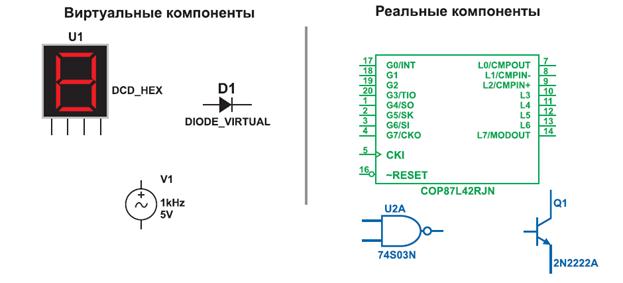COMPLEX SENTENCES
1. Complex sentences are joined by subordination which is a non-symmetrical relation where the main or principal clause is the basic element whereas the subordinate clause (clauses) is (are) its part. 2. Principal and subordinate clauses may be joined both syndetically (i.e. with conjunctions and connectives) and asyndetically (i.e. without conjunctions and connectives) e.g. · This is the place where our old house used to stand. (syndetical connection) · And this is the place I live now. (asyndetical connection) 3. Subordinate clauses can precede, follow or interrupt the principal clause, e.g. · There was a glimpse in his eyes that I knew very well. (follows) · When we came to the golf court, there were several players there. (precedes) · Lord Amersteth, who was a fine looking man with a short moustache and a double chin, received me with much dry courtesy. (interrupts) 4. A complex sentence may contain two or more homogeneous subordinate clauses coordinated with each other, e.g. · Patrick often asked himself why he had fallen in love with this empty-headed girl (1st clause) and how long this madness was going to last (2nd clause). 5. A subordinate clause may be subordinated to the principal clause or another subordinate clause, e.g. · As he drove towards town (subordinates to the principal clause), he thought of nothing except a large order of drills he was hoping to get that day (subordinates to the principal clause). · This must be distinctly understood, or nothing wonderful can come of the story I am going to relate. (subordinates to the second principal clause) · The place was so delightful that we stayed there all summer (subordinates to the principal clause) so that we could enjoy it to our heart’s content (subordinates to the first subordinate clause). 6. Syndetical connection is performed by conjunctions and connectives (connective adverbs). Both of them are called connectors.
|

 connectors
connectors

 conjunctions connectives
conjunctions connectives


